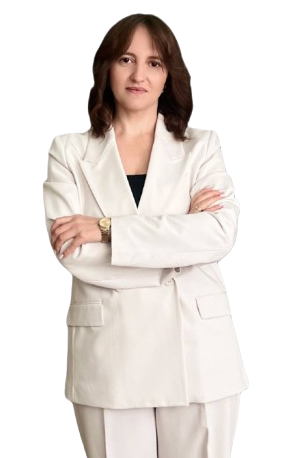Electoral Systems: Comparative Analysis and Recommendations for Ukraine
Introduction
The electoral system is a key element of any country's political system, as it determines how citizens elect their representatives to government. There are several different electoral systems, each with its own advantages and disadvantages. This article will review the main electoral systems, conduct a comparative analysis of them, and provide recommendations on the electoral system that could be most effective for Ukraine.
Major electoral systems
Proportional electoral system
The proportional electoral system provides for the distribution of seats in parliament in proportion to the number of votes received by each party. Main characteristics:
- Benefits:
- Reflects the diversity of political views in society.
- Ensures representation of minorities.
- Disadvantages:
- Possibility of forming weak coalition governments.
- Lack of direct communication between voters and MPs.
Majoritarian electoral system
The majority system involves the election of candidates in single-member districts. Main types:
One round (first past the post): The candidate with the most votes wins.
Two rounds: If no candidate wins an absolute majority in the first round, a runoff is held between the two candidates with the most votes.
Advantages:
- Direct communication between voters and MPs.
- Promotes the formation of stable governments.
Disadvantages:
- Possibility of underrepresentation of minorities.
- It can lead to a "minority victory" in multi-candidate races.
Mixed electoral system
The mixed system combines elements of the proportional and majority systems. Voters vote for both party lists and individual candidates in single-member districts.
You may be interested in the following articles: ,lawyer consultation ,lawyer consultation ,analysis written consultation, verification of documents by a lawyer, lawyers documents help legal opinion ,legal opinion of a lawyer lawyer online consultation lawyer consultation lawyer help online Legal analysis of the situation, Litigation, legal services, legal services, lawyer, lawyer services, lawyers online, legal services online, legal services online, legal assistance online, legal advice, legal services online, legal advice, lawyer consultation, lawyer consultation, types of legal services,
- Advantages:
- Combines the advantages of both systems.
- Provides representation of different political forces and direct communication between voters and deputies.
- Disadvantages:
- Complexity and high cost of holding elections.
- Possibility of duplication of representation.
Comparative analysis
Proportional system
Countries with proportional representation systems, such as the Netherlands and Israel, typically have high political diversity. This allows minorities and new political forces to gain representation, but often leads to coalition governments that may be less stable.
Majority system
In countries with a majority system, such as the United States and the United Kingdom, there is a tendency to form a two-party system, which contributes to the stability of governments. However, this system can lead to underrepresentation of minorities.
Mixed system
Countries such as Germany and Japan use a mixed system that combines the advantages of both previous systems. This allows for both proportional representation and a direct link between voters and MPs.

































